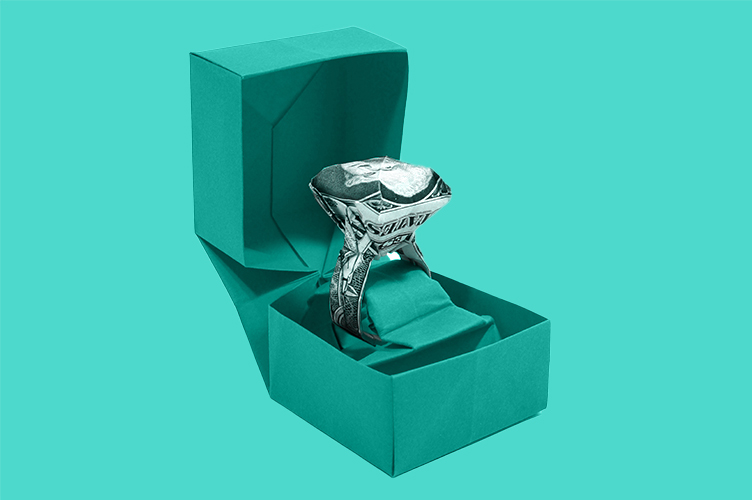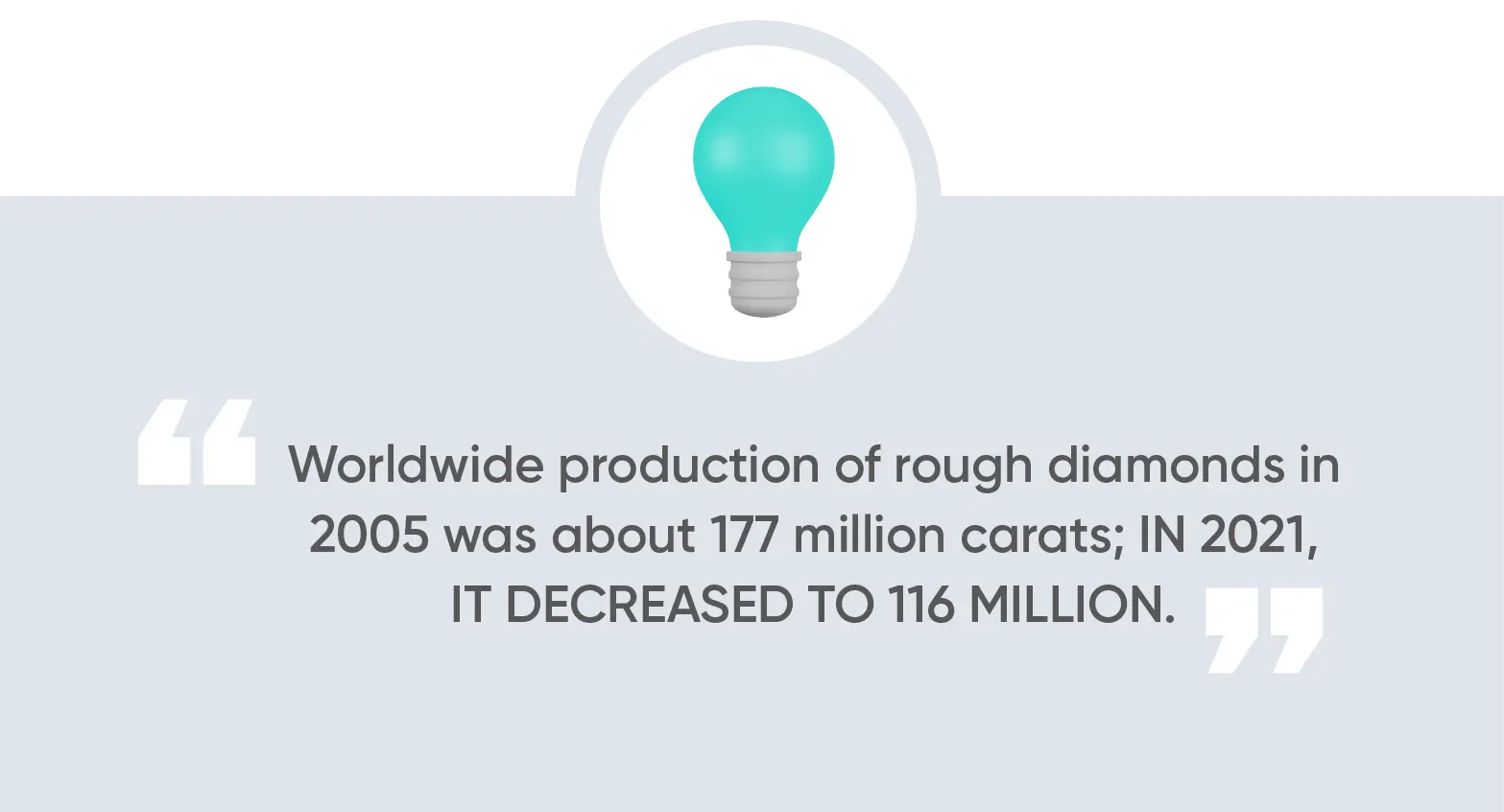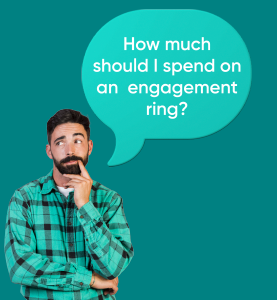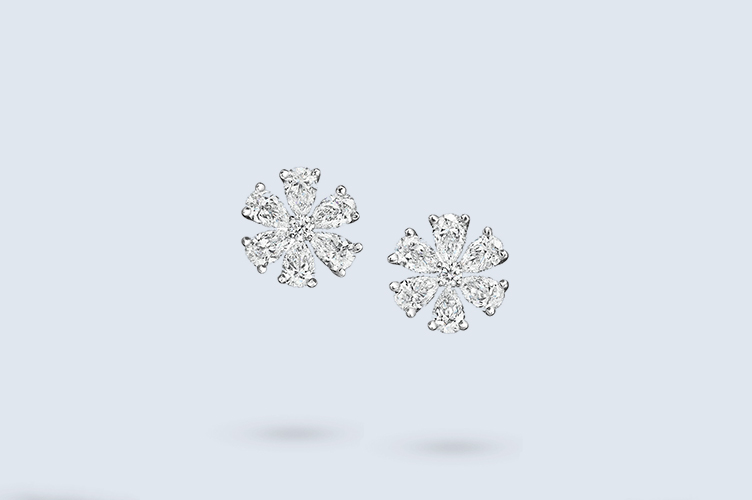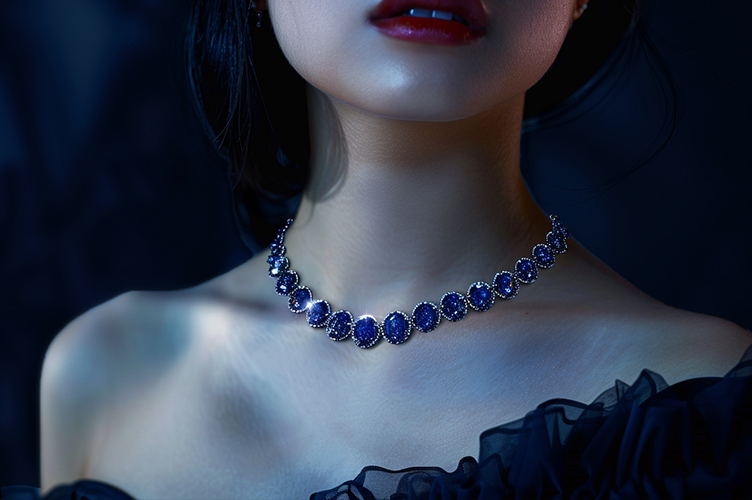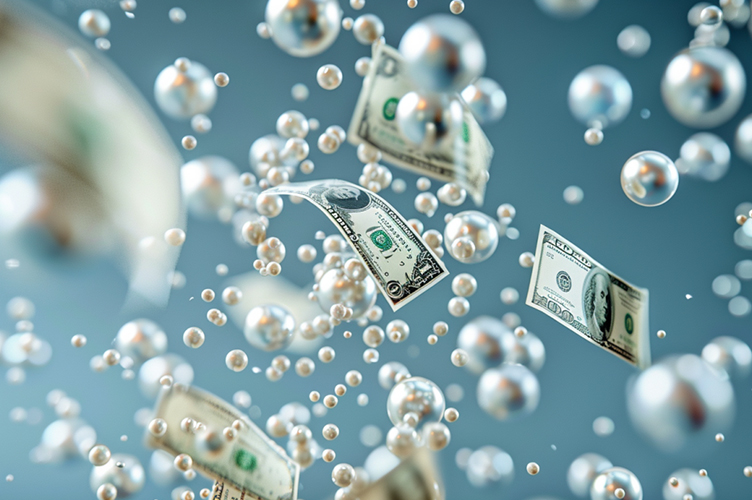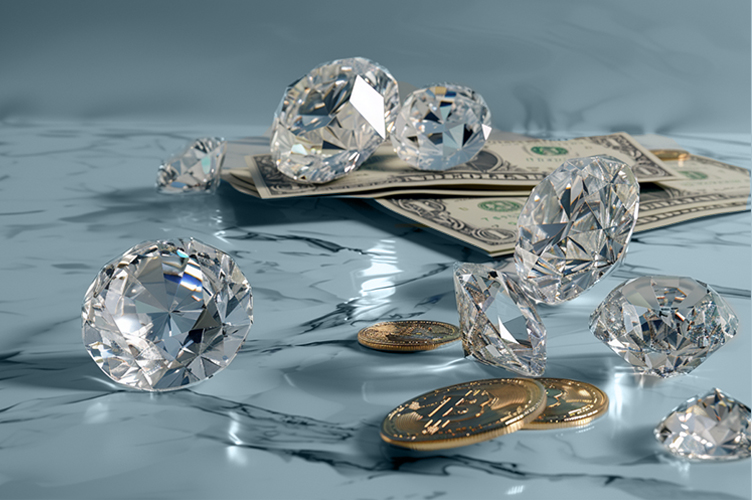Why Are Diamonds So Expensive? How the Diamond Market Works (And How to Save Some Money on Real Diamonds!)
If you’ve recently perused the diamond engagement rings offered by your local jeweler in preparation for an upcoming proposal, you likely have noticed something. Good quality diamonds that are natural or earth-mined can be pricey — far pricier than other precious stones.
What’s the deal when other precious stones can be even rarer than diamonds?
Shoppers often mistakenly blame high diamond prices on a few factors, including:
- De Beers’ marketing strategies from the early 20th century made diamonds appear more desirable (and expensive) than other types of stones.
- Mining companies with control over diamond supply that allows them to drive up diamond prices to fuel their profits
- Jewelers who may be marking up the retail cost of a diamond way beyond what distributors from the diamond mines charge them
- And more.
That said, these easy-to-blame influences aren’t totally accurate. Sure, diamonds are a status symbol, and you could blame De Beers and its famous marketing campaign. Yes, there’s definitely a markup added to engagement rings once they hit the jewelry case at your local showroom.
However, all that said, if you’re asking what truly makes diamonds so expensive, the answer goes far beyond factors like these. Here’s what you need to know.
What You Will Learn
Why are Diamonds So Expensive?
Let’s look at some fundamental reasons why natural diamonds can be expensive.
Natural Diamonds Mined from the Earth are Rare
We often hear, “Why are diamonds so expensive when they are not rare?” However, this question assumes a common misconception.
While, yes, you can find diamond engagement rings in every store with a jewelry counter, that doesn’t mean earth-mined natural diamonds are common. Natural diamonds are becoming rarer and rarer over time, with more mines closing and fewer mines opening. Statista states, “In 2005, the worldwide production volume of rough diamonds stood at approximately 177 million carats in total. More than a decade later, in 2021, production had decreased to 116 million carats.”
While some people consider earth-mined diamonds the only real diamonds, finding a diamond that boasts a superiorly high gem quality can be challenging. Perfect diamonds formed over millions of years in the earth are in limited supply.
Diamond Companies Spend a Lot of Money Sourcing Diamonds
No one said that diamond mining was an unprofitable business. Yes, diamond companies do make a fair amount sourcing high quality diamonds.
However, while diamond companies may make a lot of money, they also spend a lot extracting the raw or rough diamonds from the earth. Operating a mine and financing inventory is a significant investment, and sourcing diamonds takes a lot of time and many people.
On top of that, diamond rough yield — or the amount of a finished, sellable diamond you can get out of a rough diamond — isn’t very impressive. You have to find and process a lot of rough diamonds to make a much smaller proportion of diamond jewelry.
All these costs impact the end price of your seemingly expensive diamond.
Diamonds are in Demand
Say what you want about De Beers’ marketing efforts. The fact remains that earth-mined natural diamonds are in high demand, and it’s unlikely that the market is going away anytime soon. This increased demand means diamond companies and jewelers can charge more for their products — after all, people will pay higher prices for rare jewelry.
How to Save Money on Buying a Diamond
Don’t want to (or simply can’t) spend a huge amount on a diamond ring? Luckily, if you ask yourself, ‘Why do diamonds cost so much?’ and resign yourself to buying a ring featuring other gemstones to cut costs, you don’t have to. There are a few ways you can save money on a diamond purchase.

Diamonds’ expensive costs are due to their grades. A stone undergoes a grading process according to what’s known as “the 4 Cs,” which stands for color, carat, cut, and clarity. The better or higher grade a diamond receives in these four categories, the more it will cost.
However, for many casual jewelry shoppers, some of these grade distinctions may not matter. You could be just as happy with a diamond that’s less clear or slightly colored or in a different cut — all factors that can reduce the cost of a diamond.
The one area where you might not want to cut corners relates to a diamond’s carat weight, which refers to the diamond’s size. You don’t necessarily need to spring for a one carat diamond if you can’t afford it. Instead, make every single carat (or fraction of a carat) count. Look for diamond cuts that maximize the appearance of a stone’s size, making the stone look bigger than it is.
Consider Lab Grown Diamonds
Lab created diamonds are growing in popularity and for a good reason. For some people, traditional diamond production may be considered environmentally harmful and come with human rights concerns. A lab grown diamond is produced in a controlled laboratory setting — and is typically far less expensive. When shopping for a diamond ring these days, many couples are looking at lab grown diamonds to get a bigger stone at a lower cost.
Change the Way You Think About Diamonds
For many, what makes diamonds so valuable is just that: their value. A smart earth-mined diamond purchase can make for a worthwhile investment that holds its value with each passing year. And suppose you view diamonds beyond their monetary value to what they symbolize in terms of permanence and lasting quality. In that case, you may feel comfortable spending more on your diamond purchase.
Why is Diamond Expensive? Because It’s Worth It!
In conclusion, diamonds are, yes, expensive, but the cost is often worth it. Whether you go with a lab grown diamond, a perfectly graded earth-mined diamond, a single carat, or any other option, purchasing a diamond is a choice you’re not likely to regret, especially after seeing the reaction to this prized possession in the eyes of the lucky recipient.
One part of your diamond buying process that doesn’t need to be expensive? Your jewelry insurance.
BriteCo offers affordable jewelry insurance that covers you in a range of situations. Loss, natural disaster, mysterious disappearance — it’s all covered, so you’re protected when other insurances, like homeowners’ or travel insurance, won’t reimburse you for the cost of a missing or damaged diamond.
Learn more about our coverage and get your insurance quote today.
Diamond Pricing FAQs
Why are diamonds so expensive?
In short, earth-mined diamonds are expensive because they’re rare, cost a lot of money to produce, and are in high demand.
How can I save money on a diamond?
You can save money on a diamond by purchasing a diamond with a lower grade (i.e., a lower quality), a smaller diamond, or a lab-grown diamond.
Do I have to buy a diamond engagement ring?
No! You can choose an engagement ring that features any gemstone. The key to buying the perfect engagement ring for your spouse-to-be is to pick one you know they’ll love based on their preferences and style.
Also Check:
The Most Expensive Diamonds in the World
How to Identify a Raw Diamond | BriteCo Jewelry Insurance
2023 Diamond Price Trends | BriteCo Jewelry Insurance
How Much is A Ruby Worth? | BriteCo Jewelry Insurance
How Much Are Emeralds Worth? | BriteCo Jewelry Insurance

